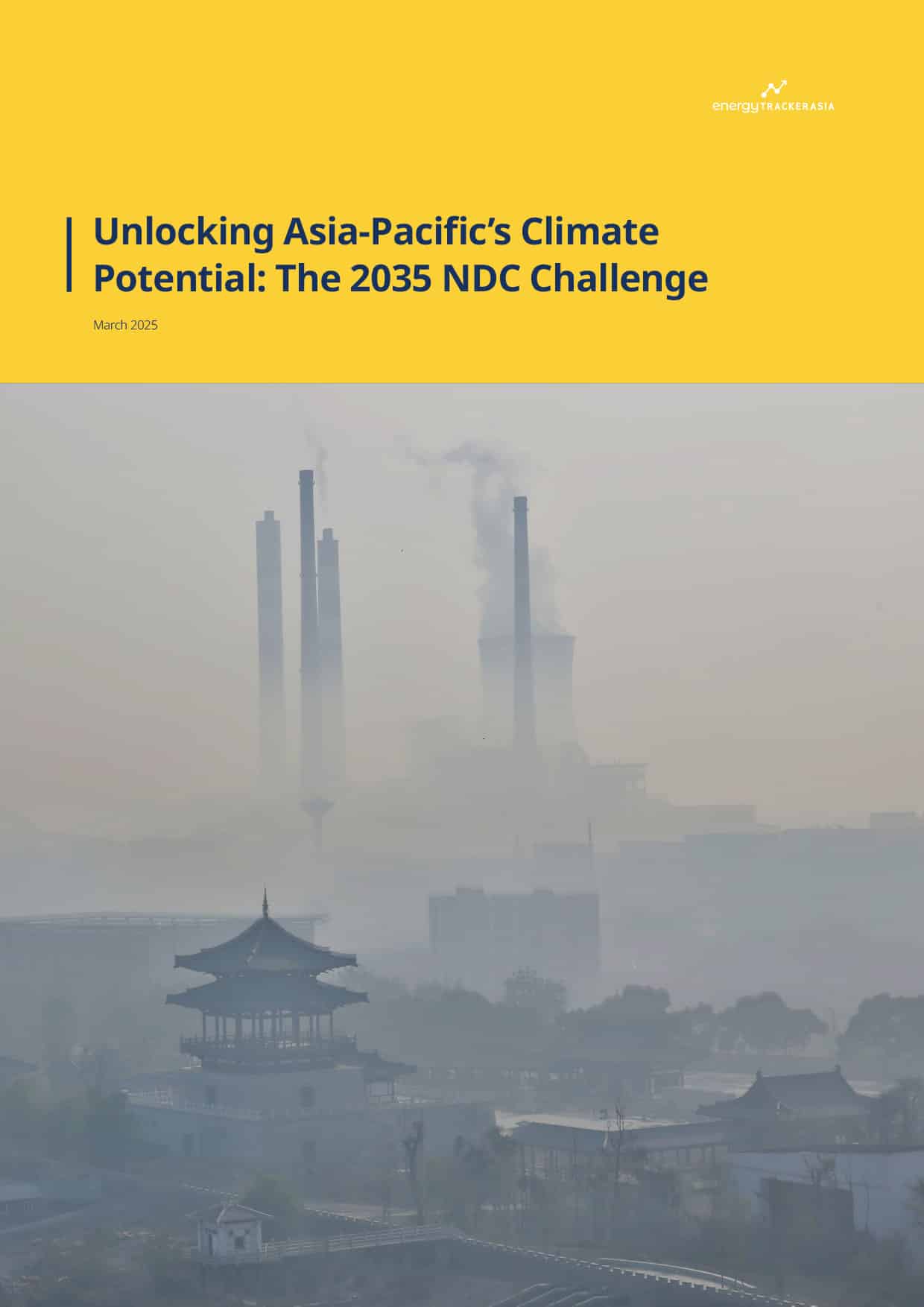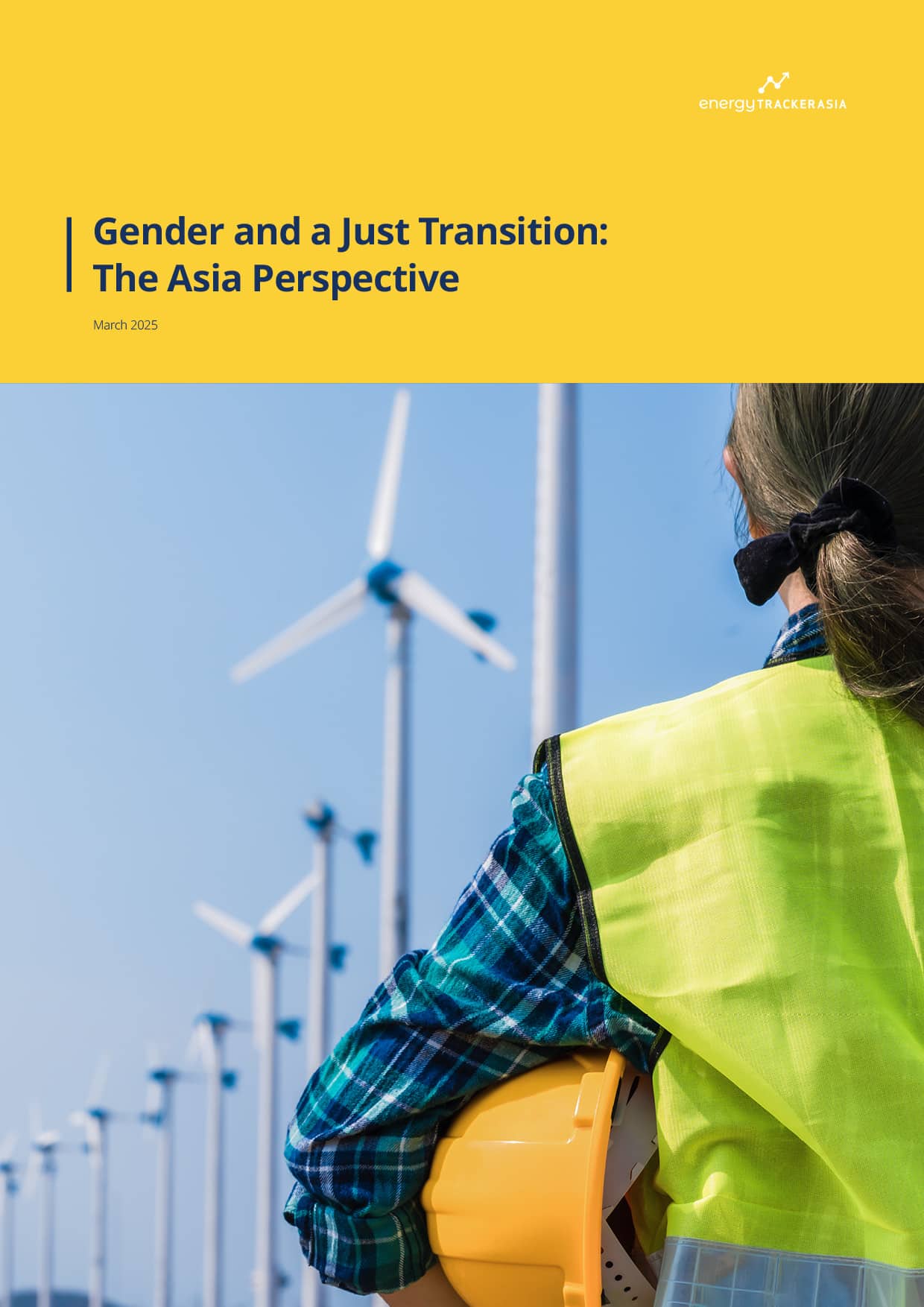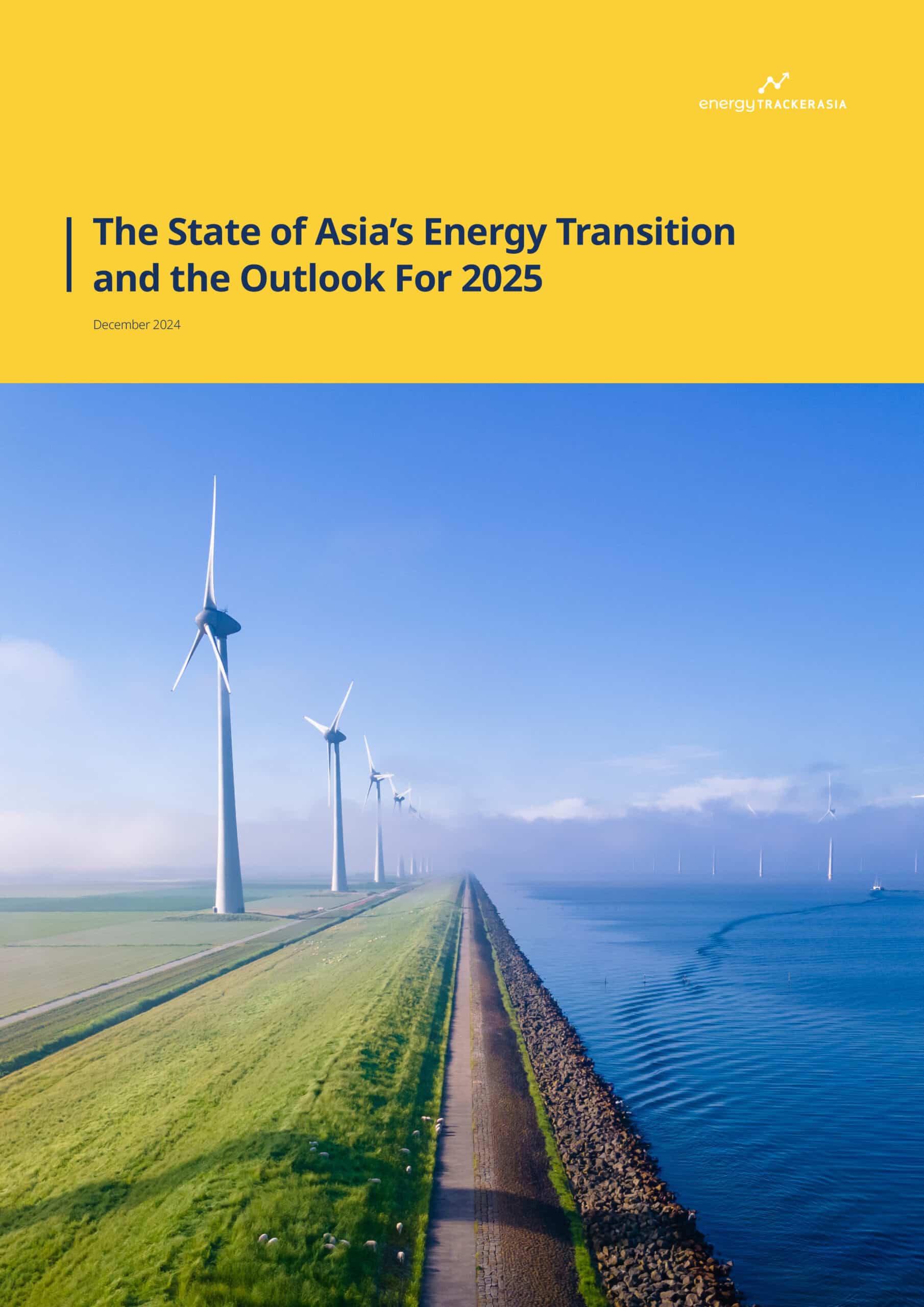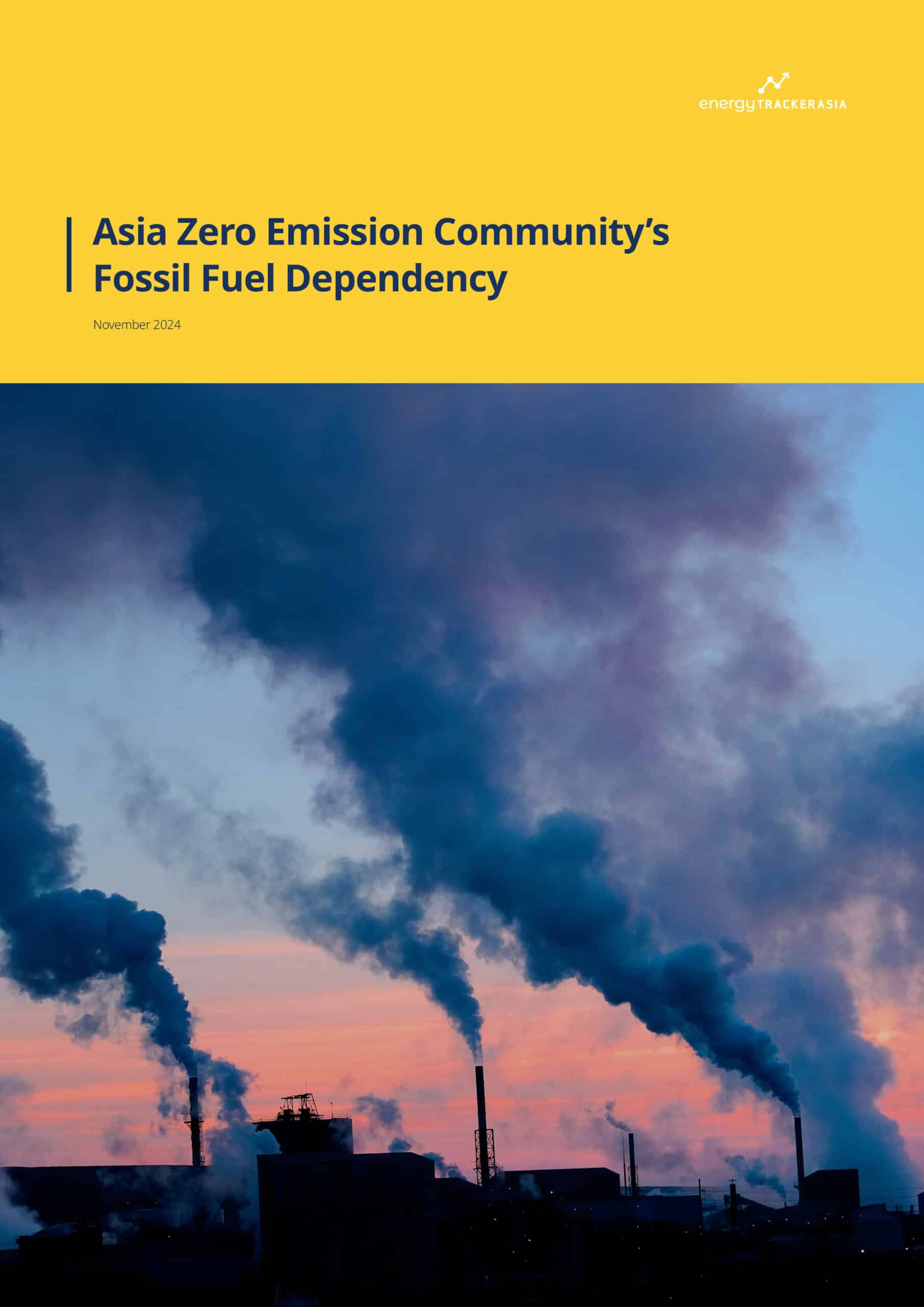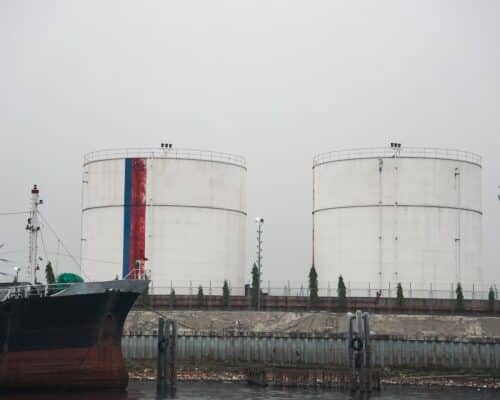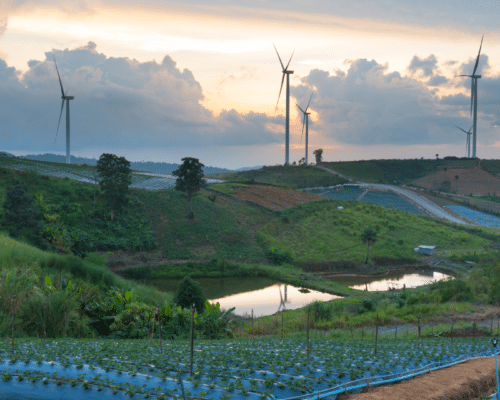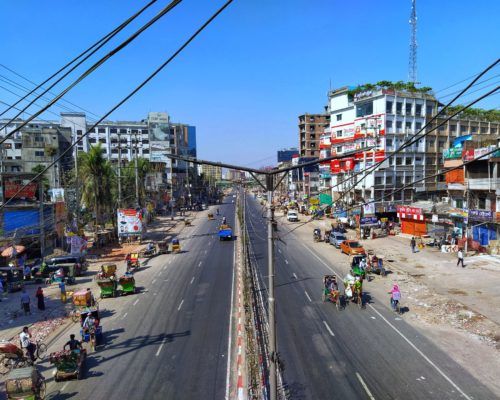Australia’s Federal Election 2025 and What It Means for Climate Change Agenda
19 May 2025 – by Tim Daiss
Australian Prime Minister Anthony Albanese won a second three-year term on May 3 in the Australia’s Federal Election 2025 as the country’s leader. In a surprising landslide, he beat out opposition leader Peter Dutton. Albanese’s center-left government will also dramatically increase its majority rule, the BBC reported.
Australia 2025 Federal Election Issues: Albanese vs Dutton
Atop the agenda for voters were housing and cost-of-living concerns. The election was also crucial for Australia’s ability to set its future sustainability course to reach its decarbonisation goals. Both political parties offered very different climate change and energy agendas. Dutton’s energy platform had largely hinged on developing nuclear power to meet increased electricity demand.
However, environmental NGOs and analysts in the country largely found it to be a misguided view, since it called for nuclear power to partially replace renewables development. The plan had also been readily criticised as being too expensive, not being thought out carefully and having a decades-long time horizon before nuclear power could be brought online.
Australia’s energy sector is still overly reliant on fossil fuels in its energy mix. Fossil fuels contributed 65% of the country’s total electricity generation in 2023, including coal (46%), natural gas (17%) and oil (2%). Renewable energy made up 35% of total electricity production.
First-term Climate Track Record of Prime Minister Anthony Albanese
Albanese can now continue his efforts to help Australia’s energy sector pivot to more clean energy sources. During its first term in office, the Albanese Labor government approved a record number of renewable energy projects and enshrined into law a net-zero 2050 emissions pledge. It can also pursue its plan for renewable energy to make up at least 82% of the country’s electricity production by 2030.
Record Renewables Growth
At first blush, it seems that the 82% goal is easily in sight. Utility solar and wind farms have been grabbing headlines, indicating that renewable energy is continuing to gain momentum. In the fourth quarter of 2024, Australia’s National Energy Market (NEM) saw a record-breaking 46% share of electricity supplied by renewable energy sources. That’s the highest level on record and was largely driven by strong growth in both rooftop and grid-scale solar, which increased 18% and 9%, respectively.
Behind the Scenes
However, there’s more going on behind the scenes than just solar and wind power development headlines. Despite rapid gains in renewables development, it’s still not likely enough to reach Albanese’s 82% renewables energy goal. This is in large part due to what the Australian Chamber of Commerce and some consultancies consider high costs to develop renewable projects in the country as well as lack of government transparency, grid integration problems and pushback from local communities.
Some of the main drivers of higher costs include balancing intermittent renewable energy with demand, upgrading the electrical grid and developing new storage infrastructure. Notably, renewable energy sources like solar and wind have mostly seen dramatic cost reductions in other countries, making them the cheapest power option in many parts of the world today.
Australia’s Renewables Development Hurdles
Other problems remain for Australia’s renewable energy sector to surmount. The most pressing hurdles include a complex regulatory and planning process. For example, the planning approval process for large-scale solar and wind power projects in New South Wales (NSW) is substantially slower and more expensive than in other states in the country. It takes around two to three times longer (four to seven years) and is around 25 times more expensive for developers compared to Queensland.
Not in My Backyard (NIMBY)
Another major reason seems counterintuitive, but fierce local opposition could cause Australia to miss its renewable energy goals. The phenomenon of “not in my backyard” is also gaining momentum.
This occurs when local communities oppose solar and wind power projects in their immediate areas, often due to visual impact, noise issues and other concerns. NIMBYism is particularly acute in rural and semi-rural areas where farming and agricultural land is used or valued for its aesthetic value. People in these same communities, however, often support overall renewable energy to help Australia reach its decarbonisation goals.
There’s also an underlying tension that rural communities are bearing the burden and costs of decarbonisation while city residents reap most of the benefits. Sometimes resistance can be so strong that it delays or even cancels renewable energy projects from being built.
Neighbour Against Neighbour
However, not all rural residents share the same view. Some are still in favour of renewable projects in their respective areas. An ABC (Australian Broadcasting Company) report said that in some cases the debate is pitting neighbour against neighbour and dividing farming communities.
The Way Forward
The newly re-elected Albanese government can help remedy renewable energy development hurdles by simplifying complex regulatory and planning processes, reducing the cost for grid upgrades and development, and setting a moratorium on prices charged by companies for needed solar and wind power project components and infrastructure. Finally, it can mitigate NIMBYism by involving local communities in solutions when developing new energy landscapes by focusing on how rural and semi-rural community futures can be sustained and improved by being drivers of change.
by Tim Daiss
Tim has been working in energy markets in the Asia-Pacific region for more than ten years. He was trained as an LNG and oil markets analyst and writer then switched to working in sustainable energy, including solar and wind power project financing and due diligence. He’s performed regulatory, geopolitical and market due diligence for energy projects in Vietnam, Thailand and Indonesia. He’s also worked as a consultant/advisor for US, UK and Singapore-based energy consultancies including Wood Mackenzie, Enerdata, S&P Global, KBR, Critical Resource, and others. He is the Chief Marketing Officer (CMO) for US-based lithium-sulfur EV battery start-up Bemp Research Corp.
Read more